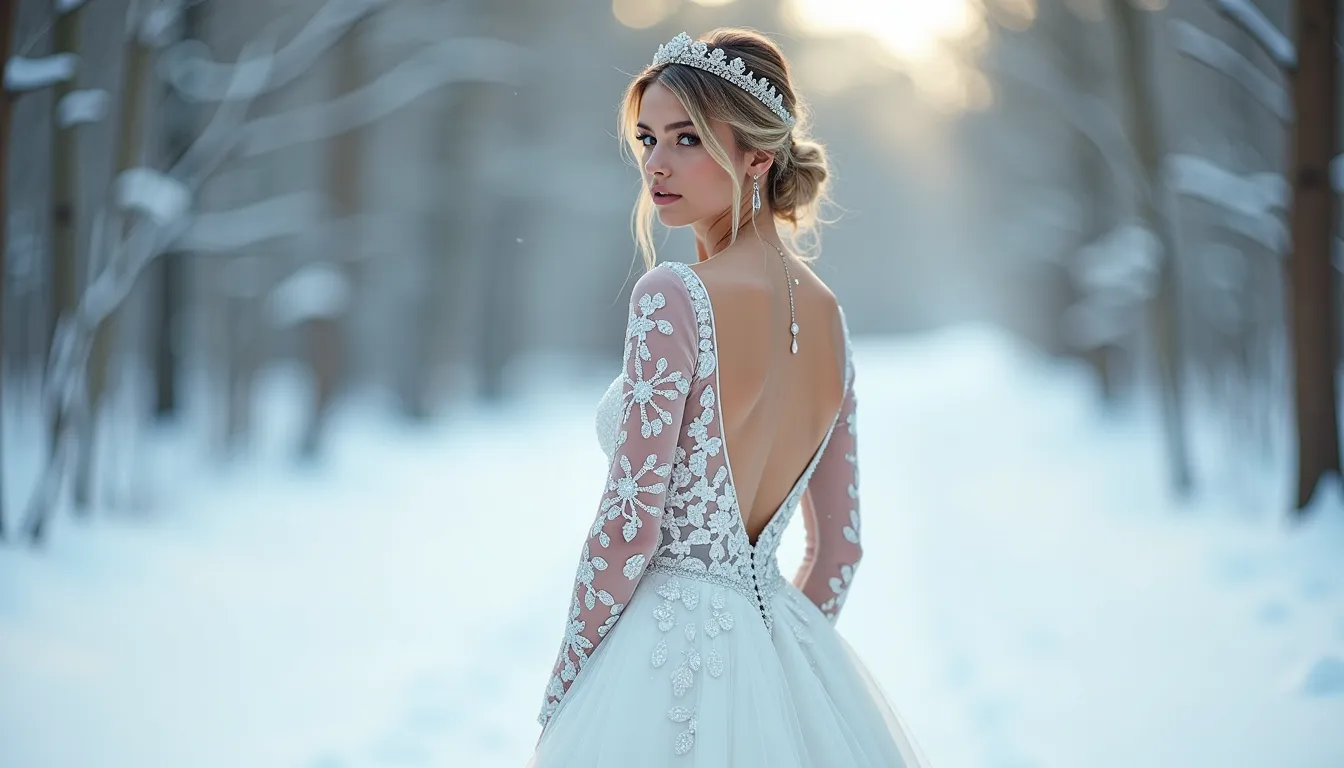Introduction
Lab grown diamonds, also known as synthetic or cultured diamonds, have been making waves in the jewelry industry. These gems are created in a laboratory setting using advanced technology, mimicking the natural processes that occur beneath the Earth’s surface. But what exactly are lab grown diamonds, and why are they gaining popularity? Let’s delve into this sparkling world and explore everything you need to know about lab grown diamonds.
Advantages of Lab Grown Diamonds
In recent years, lab grown diamonds have emerged as a sustainable and ethical alternative to mined diamonds. Here’s why they’re gaining traction:
Environmentally Friendly
Unlike traditional mining practices, which can have significant environmental repercussions, lab grown diamonds have a minimal ecological footprint. They require less energy and produce fewer greenhouse gas emissions, making them a more environmentally sustainable choice.
Ethical Considerations
One of the most significant advantages of lab grown diamonds is their ethical sourcing. Mined diamonds are often associated with issues such as child labor and exploitation in diamond-rich regions. By opting for lab grown diamonds guides, consumers can ensure that their purchase is free from these ethical concerns.
Cost Effectiveness
In addition to their environmental and ethical benefits, lab grown diamonds are often more affordable than their natural counterparts. This cost-effectiveness makes them an attractive option for budget-conscious consumers who still want a high-quality diamond.
How Lab Grown Diamonds are Made
Lab grown diamonds are created using two primary methods: High Pressure High Temperature (HPHT) and Chemical Vapor Deposition (CVD).
High Pressure High Temperature (HPHT) Method
In the HPHT method, a small diamond seed is placed in a chamber where it is subjected to extreme heat and pressure, mimicking the natural conditions that lead to diamond formation. Carbon atoms are then deposited onto the seed, gradually building up the diamond crystal.
Chemical Vapor Deposition (CVD) Method
The CVD method involves the use of a carbon-rich gas, such as methane, in a vacuum chamber. When the gas is ionized by a plasma torch, the carbon atoms are deposited onto a substrate, forming a diamond crystal layer by layer.
Quality and Characteristics
Despite being created in a laboratory, lab diamonds exhibit the same chemical and physical properties as natural diamonds. Here are some factors to consider when evaluating their quality:
Clarity
Lab grown diamonds can vary in clarity, ranging from flawless to included. Clarity grades are determined by the presence of internal or external blemishes.
Color
Like natural diamonds, lab grown diamonds come in a range of colors, from colorless to fancy hues such as yellow, pink, and blue. The color grade is assessed based on the presence and intensity of coloration.
Cut
The cut of a diamond refers to its proportions, symmetry, and polish. A well-cut diamond will exhibit maximum brilliance and sparkle.
Carat Weight
Carat weight is a measure of a diamond’s size, with one carat equal to 0.2 grams. Lab grown diamonds are available in a variety of carat weights to suit different preferences and budgets.
Certifications and Grading
To ensure the quality and authenticity of lab grown diamonds, it’s essential to look for certifications from reputable grading laboratories. Some of the most well-known institutions include:
Gemological Institute of America (GIA)
The GIA is widely recognized as the leading authority in diamond grading and gemological research. Their certifications provide consumers with confidence in the quality and integrity of their diamond purchases.
International Gemological Institute (IGI)
The IGI is another respected gemological laboratory that offers certifications for lab grown diamonds. Their grading reports provide detailed information on a diamond’s characteristics, including color, clarity, cut, and carat weight.
Diamond Foundry
Diamond Foundry is a leading producer of lab grown diamonds, known for their innovative technology and sustainable practices. Diamonds from Diamond Foundry are accompanied by a unique inscription and a certificate of authenticity.
Buying Guide
When purchasing lab grown diamonds, it’s essential to be well-informed and prepared. Here are some tips to guide you through the buying process:
Research and Education
Before making a purchase, take the time to educate yourself about lab grown diamonds and familiarize yourself with the various factors that influence their quality and value.
Budget Considerations
Set a budget for your diamond purchase and explore options that align with your financial preferences. Remember that lab grown diamonds typically offer better value for money compared to natural diamonds.
Choosing a Reputable Retailer
Select a reputable retailer or online vendor that specializes in lab grown diamonds and offers transparent pricing and certification.
Comparing Prices and Quality
Shop around and compare prices and quality across different retailers to ensure you’re getting the best possible deal. Don’t hesitate to ask for certification and additional information about the diamond’s characteristics.
Care and Maintenance
Proper care and maintenance are essential to ensure the longevity and beauty of your lab grown diamond.
Cleaning
Regularly clean your diamond jewelry using a mild detergent and a soft brush or cloth. Avoid using harsh chemicals or abrasive materials that could scratch or damage the diamond.






